Discovering the world of coffee in Japan is an exciting journey that blends rich history with modern culture. As coffee enthusiasts, we often find ourselves exploring various beans, brewing methods, and the unique practices that make Japanese coffee so special. In this article, we’ll dive deep into Japan’s coffee rankings, uncovering popular beans and the techniques that elevate every cup.
Japan has embraced coffee in a way that’s both traditional and innovative. From the moment coffee first arrived on its shores, it has evolved into a cherished part of daily life. Whether you’re a casual drinker or a seasoned connoisseur, understanding the nuances of Japanese coffee culture will enhance your appreciation for this beloved beverage.
Join us as we explore recommended coffee beans, their distinctive characteristics, and the best brewing methods to unlock their full potential. This guide is designed for everyone, whether you’re just starting out or looking to refine your skills. Let’s embark on this flavorful adventure together!
- A look into the unique aspects of Japanese coffee culture
- Recommended coffee beans and their roasting methods
- Tips for brewing the perfect cup and storing your beans
The Culture and History of Coffee in Japan
The Arrival of Coffee in Japan
The story of coffee in Japan begins in the early 17th century, when it was first introduced by Dutch traders. At that time, it was a rare and exotic beverage, enjoyed primarily by the elite. As coffee slowly gained popularity, it began to weave itself into the fabric of Japanese society. By the late 19th century, coffee houses started popping up in cities, providing a social space where people could gather and enjoy this new drink.
As the years went by, the appreciation for coffee deepened. The establishment of coffee shops led to the development of unique brewing techniques that highlight the flavors of the beans. These methods often reflect the meticulous attention to detail that is characteristic of Japanese culture. People started to recognize coffee not just as a beverage, but as an art form that requires skill and passion.
One significant milestone was the introduction of the “kissa” or coffee shop culture in the 20th century. These cozy spots became popular for their relaxed atmosphere, where patrons could enjoy a cup while reading or chatting with friends. This laid the groundwork for the thriving coffee scene we see today, from specialty shops to artisanal roasters.
In today’s Japan, coffee is no longer just a trend. It’s a beloved part of daily life, and the variety of beans available is truly impressive. With this rich history in mind, let’s look at some of the unique aspects that define Japanese coffee culture.
- Coffee was first introduced by Dutch traders in the 17th century
- Coffee houses emerged in the late 19th century, creating social spaces
- The “kissa” culture developed in the 20th century, popularizing coffee shops
Unique Aspects of Japanese Coffee Culture
Japanese coffee culture has its own distinct characteristics that set it apart from other countries. For starters, there’s an emphasis on precision and quality. From the selection of beans to the brewing process, every step is approached with care. For instance, many coffee shops in Japan offer single-origin beans, allowing customers to experience the unique flavors of different regions.
Another fascinating aspect is the brewing methods that have become popular. Techniques like pour-over and siphon brewing highlight the delicate flavors of the coffee. These methods not only enhance the taste but also turn the act of brewing into a captivating performance. Watching a skilled barista prepare your coffee adds a sense of ritual and excitement to the experience.
Moreover, coffee in Japan often comes with a cultural twist. It’s not uncommon to find coffee paired with traditional Japanese sweets, creating a delightful balance of flavors. This fusion of cultures reflects the Japanese ability to embrace and adapt influences while maintaining their own identity.
As we continue our exploration, keep in mind how these unique practices enhance the overall enjoyment of coffee. Let’s dive deeper into the recommended coffee beans and roasting methods that are central to this captivating culture, enriching our understanding of Japan’s coffee rankings.
- Precision and quality are paramount in coffee selection and brewing
- Popular brewing methods include pour-over and siphon techniques
- Coffee is often paired with traditional Japanese sweets for a unique experience
Popular Coffee Bean Rankings in Japan
Recommended Coffee Beans
As we delve into Japan’s coffee scene, it’s essential to highlight some of the most recommended coffee beans that have gained popularity among enthusiasts. Each bean brings its unique story and flavor profile to the table, making the selection process both exciting and rewarding. From the lush hills of Brazil to the volcanic soil of Ethiopia, these beans are celebrated for their quality and distinct characteristics.
One standout option is the Yirgacheffe from Ethiopia, which is known for its floral and fruity notes. This bean has captured the hearts of many coffee lovers in Japan, often praised for its bright acidity and complex flavors. Another favorite is the Colombian Supremo, recognized for its smooth and well-balanced taste. It offers a delightful combination of chocolate and nutty undertones that appeal to a wide range of palates.
Additionally, the Sumatra Mandheling is a must-try for those who appreciate bold and earthy flavors. This coffee is typically low in acidity, making it a comforting choice for those who prefer a richer profile. As you explore these beans, remember that understanding their origins and flavors can significantly enhance your brewing experience.
- Yirgacheffe from Ethiopia: floral and fruity notes
- Colombian Supremo: smooth and well-balanced with chocolate undertones
- Sumatra Mandheling: bold, earthy flavors with low acidity
Characteristics and Roasting Methods of Each Bean
Understanding the characteristics and roasting methods of each bean is crucial for getting the best out of your coffee experience. The roast level can dramatically alter the flavor profile, so it’s important to know what you’re looking for. For example, a light roast emphasizes the bean’s origin flavors, allowing the bright acidity and fruity notes to shine. This is particularly true for beans like Yirgacheffe, where the subtle complexities are enhanced by a lighter roast.
On the other hand, medium roasts, like the Colombian Supremo, strike a balance between the origin flavors and the roasting characteristics. This roast level brings out the sweetness and smoothness, making it an excellent choice for those who enjoy a well-rounded cup. The medium roast allows the chocolate and nutty notes to develop without overshadowing the bean’s natural qualities.
For those who enjoy a deeper, richer flavor, dark roasts are the way to go. Beans like Sumatra Mandheling benefit from this roasting method, which accentuates the bold and earthy flavors. Dark roasting can bring out a smoky sweetness, but it’s essential to avoid over-roasting, as it can lead to a bitter taste. Experimenting with different roast levels can be an exciting journey, leading you to discover your own preferences.
As you explore these recommended beans and their roasting methods, keep in mind the importance of brewing techniques as well. Each bean offers a unique flavor profile that can be unlocked through the right preparation, enhancing your overall coffee experience in Japan.
- Light roasts highlight origin flavors, ideal for Yirgacheffe
- Medium roasts balance origin and roasting characteristics, perfect for Colombian Supremo
- Dark roasts bring out bold flavors, best enjoyed with Sumatra Mandheling
Brewing Methods and Their Effects
Differences Between Drip and French Press
When it comes to brewing coffee, the method you choose can greatly influence the flavor and overall experience. Two popular methods are drip brewing and French press, each offering a unique approach to extracting flavors from the beans. Drip coffee makers use a filter and hot water to slowly extract coffee, resulting in a clean and crisp cup. This method is known for highlighting the bean’s inherent flavors, making it ideal for those who enjoy a bright and refreshing taste.
On the other hand, the French press allows for a more robust and full-bodied brew. By steeping coarsely ground coffee in hot water before pressing down the plunger, this method creates a richer, more intense flavor. The oils and fine particles remain in the cup, contributing to a heavier mouthfeel. If you’re looking for a more immersive coffee experience, the French press may be your go-to choice.
Understanding these differences can help you appreciate the nuances in flavor that each method brings out. It’s worth experimenting with both styles to see which one resonates with your palate.
- Drip coffee highlights bright and clean flavors
- French press offers a robust and full-bodied experience
- Experimenting with both methods can enhance your coffee journey
Impact of Temperature and Time on Brewing
The elements of temperature and brewing time are crucial when crafting the perfect cup of coffee. Each coffee bean has its ideal brewing temperature, typically ranging from 195°F to 205°F (90°C to 96°C). Brewing coffee at the optimal temperature can help unlock its full potential, enhancing the flavor and aroma. Too hot, and you risk over-extraction, leading to bitterness. Too cool, and you may end up with a weak and underwhelming cup.
Additionally, the brewing time plays a significant role in flavor extraction. For instance, drip coffee usually brews within 4 to 6 minutes, while French press requires about 4 minutes of steeping. Adjusting these variables can lead to vastly different flavor profiles. A longer brew time can deepen the flavors, while a shorter time may yield a lighter taste.
By mastering the balance of temperature and time, you can elevate your coffee experience and explore the diverse spectrum of flavors that Japanese coffee has to offer.

If you’re intrigued by the rich flavors that different brewing methods can produce, you might also enjoy exploring the cultural aspects of coffee. Check out this article, Discover the Deep Charm of Coffee Culture with a Barista at Your Local Café!, which delves into the fascinating world of coffee culture and the role of baristas in enhancing your coffee experience.
- Optimal brewing temperatures range from 195°F to 205°F
- Brewing time affects flavor extraction significantly
- Adjusting these factors can enhance your overall coffee experience
The Importance of Coffee Storage Methods
Ideal Storage Conditions for Coffee Beans
Once you’ve selected the perfect coffee beans from Japan’s rich offerings, the next step is ensuring they stay fresh and flavorful. Proper storage methods play a crucial role in maintaining the quality of your coffee. Ideally, coffee beans should be kept in an airtight container to protect them from exposure to air, moisture, and light. These elements can lead to oxidation, which negatively impacts flavor and aroma.
Temperature also plays a significant part in storage. It’s best to keep your coffee beans in a cool, dark place, away from heat sources like stoves or direct sunlight. A pantry or a cabinet is often ideal, as it helps preserve the beans’ natural characteristics and ensures that each cup remains delightful. Remember, freshness is key to a great coffee experience.
Additionally, if you buy coffee in bulk, consider dividing it into smaller portions. This way, you only expose the portion you’re using to air, while the rest remains sealed and protected. Keeping these tips in mind will help you enjoy your coffee at its best, enhancing your appreciation for the selections you’ve made.
- Keep coffee beans in an airtight container
- Store in a cool, dark place away from heat sources
- Divide bulk purchases into smaller portions for better preservation
Tips for Maintaining Freshness
To ensure your coffee remains fresh and flavorful, there are a few additional tips you can follow. First, avoid grinding your coffee beans until you’re ready to brew. Whole beans retain their freshness much longer than ground coffee, as grinding exposes more surface area to air. By keeping the beans intact, you’re preserving those delightful flavors for when you’re ready to enjoy them.
Another consideration is how long to keep your coffee beans. While they can last several weeks when stored properly, it’s best to consume them within a month for optimal freshness. After that, you may notice a decline in flavor quality. So, make it a habit to check your coffee supply regularly and replenish it as needed, ensuring that you always have fresh beans on hand for your brewing adventures.
Ultimately, the way you store your coffee beans can significantly impact your overall experience. By following these tips, you can enhance the flavors and aromas of your favorite Japanese coffee selections, making each cup a memorable one.
- Grind coffee beans just before brewing for maximum freshness
- Consume stored beans within a month for best flavor
- Regularly check and replenish your coffee supply
Summary of Japanese Coffee Culture and Rankings
In exploring the rich tapestry of coffee in Japan, we discover a blend of history, precision, and cultural significance. Japanese coffee culture is not just about drinking coffee; it’s about appreciating the art of brewing and the unique flavors that each bean offers. From the meticulous methods of preparation to the delightful pairings with traditional sweets, every aspect enhances the coffee experience, making it truly special.
As we’ve seen, the journey begins with selecting the right beans. Popular choices like Yirgacheffe, Colombian Supremo, and Sumatra Mandheling each bring distinct flavors and stories to the table. Understanding these beans and their preferred roasting methods can elevate your brewing journey, allowing you to appreciate the complexity and nuances of Japanese coffee.
Moreover, the brewing methods, whether it be drip or French press, significantly impact the flavor profile. Each method has its unique charm, contributing to a rich coffee experience that reflects Japan’s dedication to quality. Additionally, how we store our coffee beans plays a crucial role in maintaining their freshness and flavor, ensuring that each cup is as delightful as the last.
As you explore the coffee scene in Japan, remember that it’s not just about the drink itself, but the entire experience that surrounds it. Embrace the culture, experiment with brewing techniques, and most importantly, enjoy every sip.
- Japanese coffee culture emphasizes precision and quality in every step.
- Popular coffee beans like Yirgacheffe and Colombian Supremo offer unique flavors.
- Proper storage methods are essential to maintain the freshness of coffee beans.
We’d love to hear your thoughts! What’s your favorite coffee bean or brewing method? Share your experiences in the comments below!

















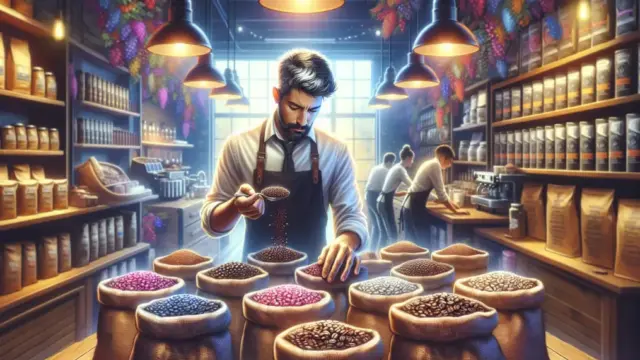













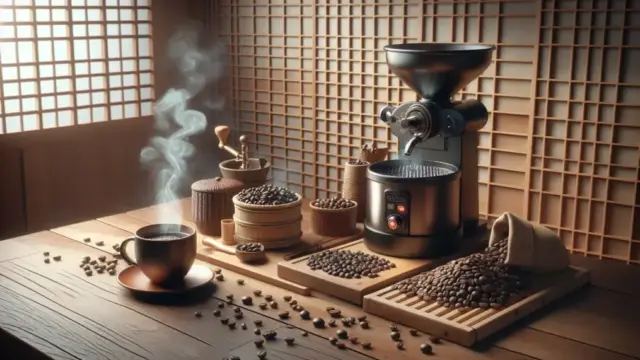











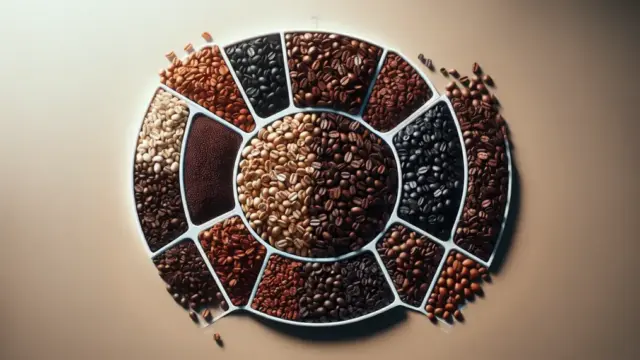

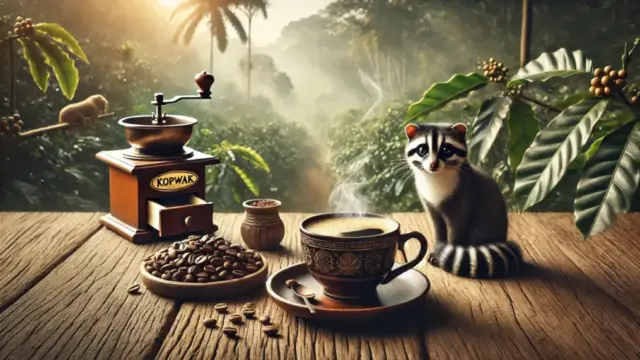

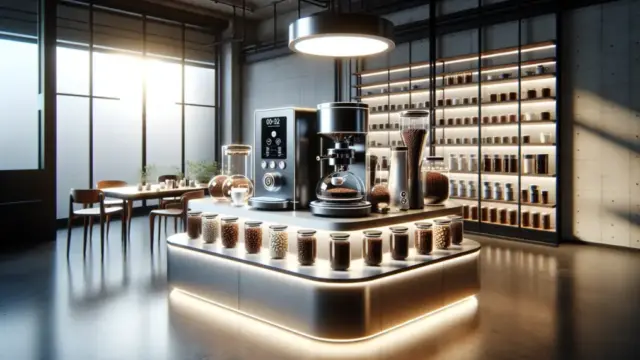

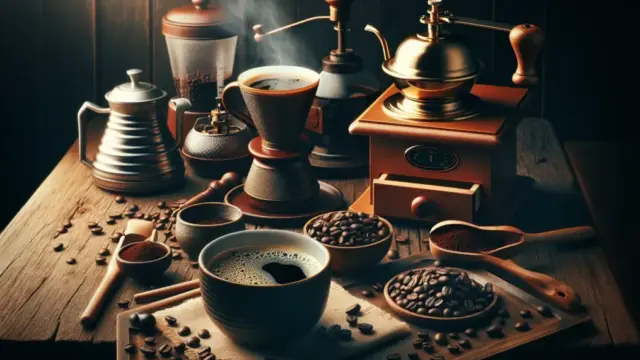





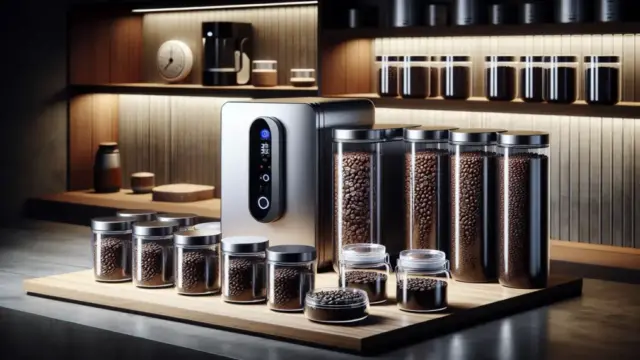









Comment